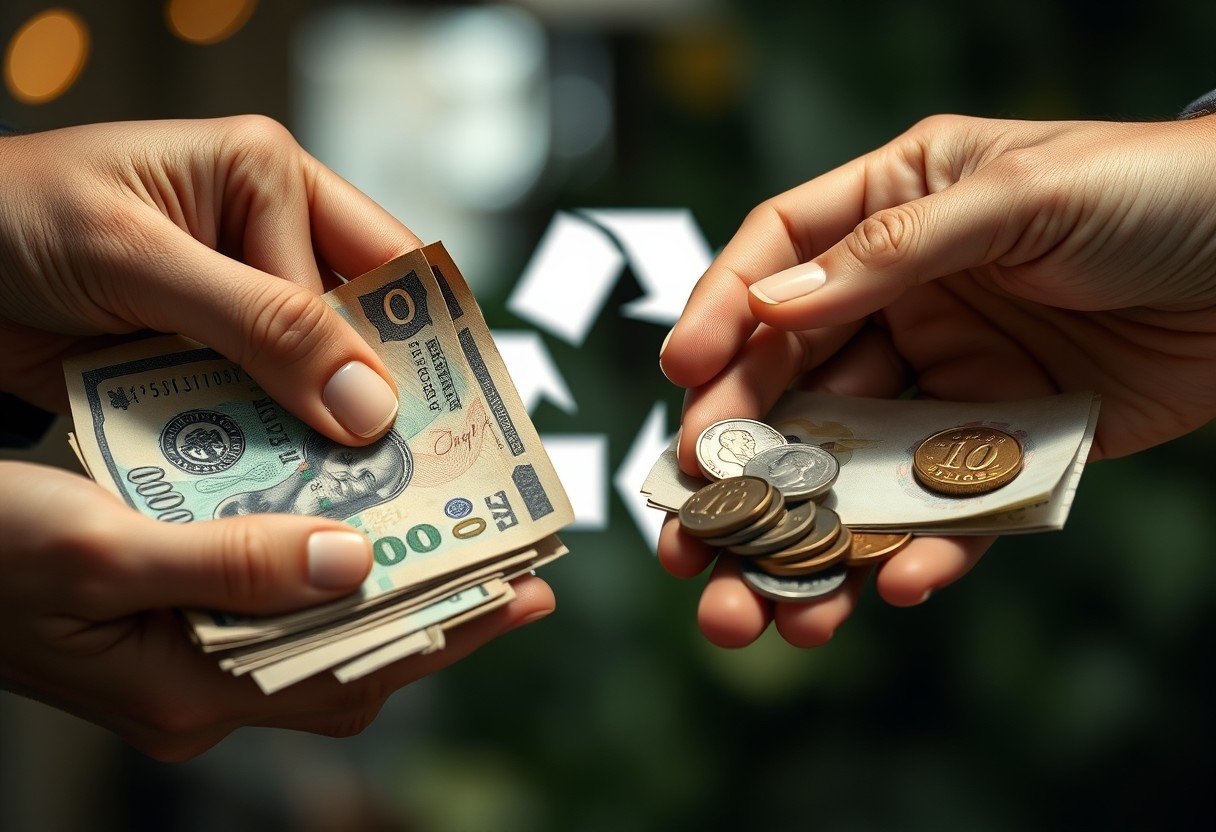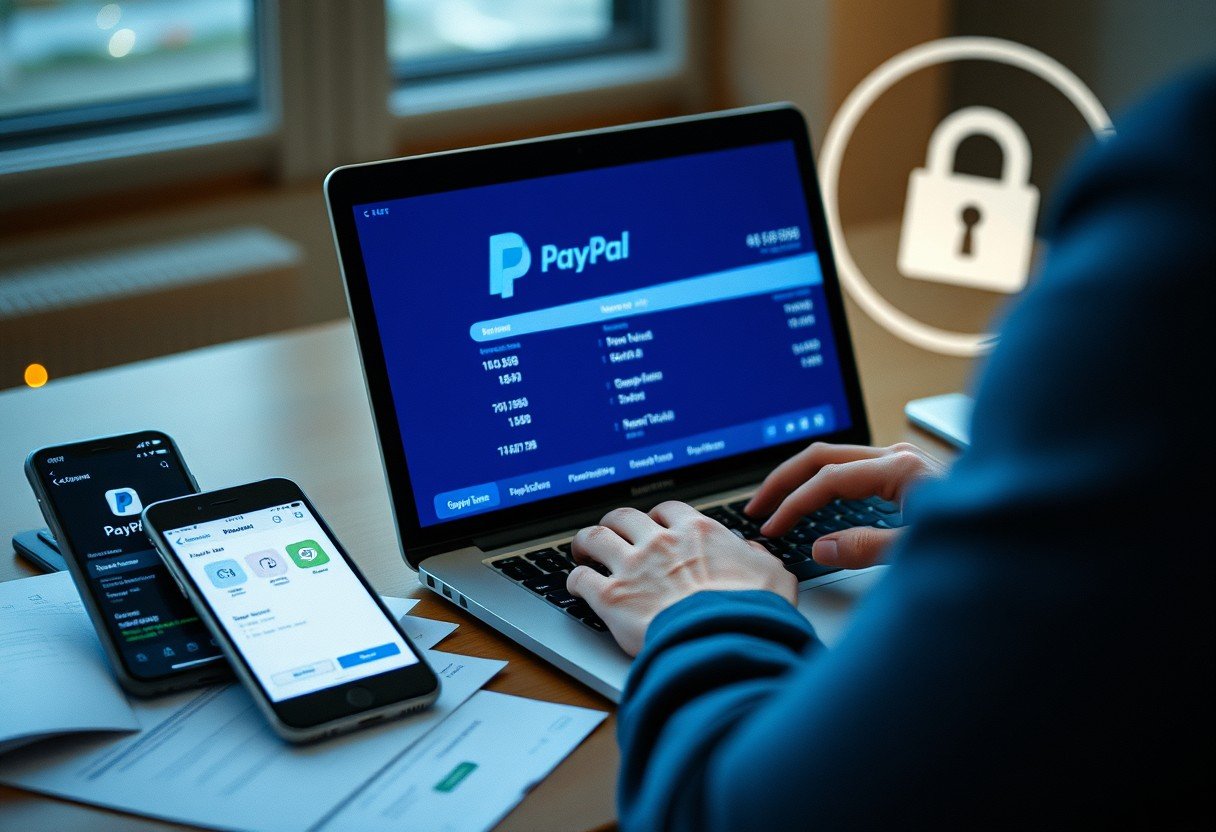Removing old currency when new money is made is crucial for keeping our economic system healthy and trustworthy. As new, more secure notes and coins are introduced, outdated currency can cause confusion, slow down transactions, and even open the door to fraud. Taking old money out of circulation ensures that financial exchanges remain smooth and secure. This process strengthens everyone’s confidence in the value and stability of our money.
Why New Currency Helps to Stop Counterfeiters
One of the biggest reasons to phase out old currency is to combat counterfeiting. Criminals constantly try to replicate money, and older bills often have security features that are easier to defeat.
New currency is designed with advanced technology to stay one step ahead. These features can include complex watermarks, security threads that weave through the paper, color-shifting ink, and even microprinting that is nearly impossible to copy with standard equipment.
By removing the older, more vulnerable notes from circulation, governments make it much harder for fake money to spread. This protects you, businesses, and the entire financial system from the losses and distrust that counterfeit bills can cause. When you handle a newer bill, you can have more confidence that it is genuine.
This regular updating of currency is a proactive defense, ensuring that the money in your wallet is as secure as possible against fraud.
Keeping the Economy Stable and Modern
The process of replacing currency is also a key tool for economic management. Central banks use it to maintain control over the money supply, which has a direct impact on the economy’s stability.
If old and new currency were allowed to circulate together indefinitely, it could lead to an excess of cash in the system. This oversupply can fuel inflation, meaning your money buys less than it used to. By methodically withdrawing old notes, central banks can manage liquidity and help keep prices stable.
Furthermore, phasing out old money supports economic modernization. It encourages the adoption of new financial technologies and payment methods that align with current practices. This ensures the country’s financial infrastructure remains efficient and competitive on a global scale.
Boosting Public Trust in the Financial System
Your confidence in the currency is the foundation of a healthy economy. When you trust that the money you hold is valuable and secure, you are more likely to spend, save, and invest. Introducing new currency and removing the old is a very visible way for a government to show its commitment to a stable monetary system.
The presence of worn-out, easily damaged, or outdated bills can slowly erode public trust. It might make the currency feel less valuable or reliable. In contrast, crisp, modern notes with clear security features reinforce the idea of a strong and well-managed economy.
Here are the core benefits of this process:
- Prevents Counterfeit: Reduces the risk of fake money entering the economy.
- Boosts Efficiency: Modern features speed up transactions and reduce fraud.
- Maintains Confidence: Reinforces public trust in the currency’s value and stability.
This renewed confidence encourages economic activity. When you and other consumers feel secure in your transactions, you are more willing to participate in the economy, which helps drive growth for everyone.
A Look Back at Major Currency Changes
History provides powerful examples of why currency replacement is sometimes necessary. These events show how withdrawing old money can stabilize an entire economy and restore public faith after a crisis.
A famous case is Germany in the 1920s. The country was suffering from hyperinflation, where its currency, the Papiermark, became nearly worthless. The introduction of the new Rentenmark in 1923 and the subsequent removal of the old currency were critical steps in stopping the economic chaos.
More recently, the creation of the Euro required a massive, coordinated effort to withdraw the national currencies of many European countries. This transition unified the economies of the Eurozone and created a more modern, efficient financial system.
These historical swaps highlight how essential currency replacement can be.
| Historical Event | Region | Primary Reason for Change | Outcome |
|---|---|---|---|
| German Rentenmark (1923) | Germany | To combat devastating hyperinflation | Successfully stabilized the economy and restored public trust |
| Introduction of the Euro (2002) | Eurozone Countries | To unify and modernize member economies | Created a single, powerful economic bloc with a shared currency |
The Legal and Practical Side of Swapping Money
Removing old currency is a carefully planned logistical operation managed by a country’s central bank and guided by specific laws. This framework is essential to ensure the transition is smooth and fair for everyone.
Legal tender laws are at the heart of this process. These regulations officially define what can be accepted as payment for goods and debts. When a new currency is issued, the government sets a deadline for when the old currency will lose its legal tender status.
After this date, businesses are no longer required to accept the old notes and coins. This is why public awareness campaigns are so important. Central banks provide a window of time for you to exchange your old money for new money at commercial banks, ensuring no one loses their savings. Once collected, the old currency is securely transported and destroyed to permanently remove it from the system.
Frequently Asked Questions
Why must old currency be taken out of circulation when new currency is made?
Old currency is removed to maintain economic integrity, prevent counterfeiting with new security features, and control the money supply. This ensures only legitimate and valid money is used, which helps foster public confidence in the financial system.
How does removing old currency impact inflation?
By taking old currency out of circulation, central banks can better control the total amount of money in the economy. This helps prevent an excessive money supply, which can lead to inflation, and works to keep prices stable.
What happens to the old currency once it is taken out of circulation?
Once collected from the public and banks, old currency is typically destroyed by the central bank. This is done through secure methods like shredding or incineration to ensure it can never be reused or fall into the wrong hands.
How does the transition from old to new currency affect people and businesses?
The transition requires some adjustment, like updating cash-handling equipment and learning new security features. However, financial authorities plan these changes carefully, providing plenty of time and information for the public to exchange old money, minimizing disruption.









Leave a Comment